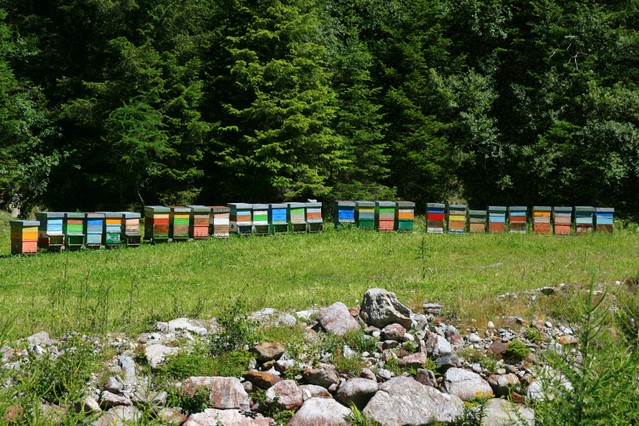 |
| Photo by _edivad |
Since strategies seem nowadays the most powerful tool to approach urban planning, I found very interesting this project by Stéphane Orsolini and Erika Mayr, designed for the city of Detroit, Michigan: since Detroit was one of the research-sites for the Shrinking Cities project, we are dealing with a city that has recently faced, due mainly to deindustrialisation in the post-fordist era, massive loss of population (285.000 in 1900, 1.850.000 in 1950, 915.000 in 2007) and therefor increasingly vacant lots of land. The situation could be even tougher in the next years, as long as the car market seem one of the most fragile in view of the economic crisis, and the city is a major manufacturing centre of GM, Ford and Chrysler.
So, generally speaking, just like the biological reactions of a human body (I am thinking about skin’s elasticity for instance), when you lose density (of use) you have also to deal with this process, being aware that it is a very delicate one, which needs care and time. To say it more clearly, there is the need not to let vacant lots and buildings becoming a problem in social and urbanistic terms. This does not mean that shrinkage is “bad”, but that it requires more communal attention, the more abruptly it comes.
So, generally speaking, just like the biological reactions of a human body (I am thinking about skin’s elasticity for instance), when you lose density (of use) you have also to deal with this process, being aware that it is a very delicate one, which needs care and time. To say it more clearly, there is the need not to let vacant lots and buildings becoming a problem in social and urbanistic terms. This does not mean that shrinkage is “bad”, but that it requires more communal attention, the more abruptly it comes.
City authorities alone cannot deal with this kind of phenomena, as urban planning turned out to be far more complex and unpredictable to be ruled by such rigid organisms, especially in the long run: Orsolini and Mayr propose to install gradually in Detroit’s vacant areas specifically designed beehives, repopulating the decreasing presence of bees (symbol of the State of Michigan, notable vegetable and fruit producer), giving a new meaning to abandoned lots, constituting green corridors, and starting a collaboration with the population.
Beehives (elevated not to disturb people, since bees fly straight) are conceived from the small scale (hobby purpose) to the large scale, propelling the beginning of commercial activities related to beekeeping, creating also work opportunities for unskilled people.
Beehives (elevated not to disturb people, since bees fly straight) are conceived from the small scale (hobby purpose) to the large scale, propelling the beginning of commercial activities related to beekeeping, creating also work opportunities for unskilled people.
Thanks Bärbel for the hint!

No comments:
Post a Comment